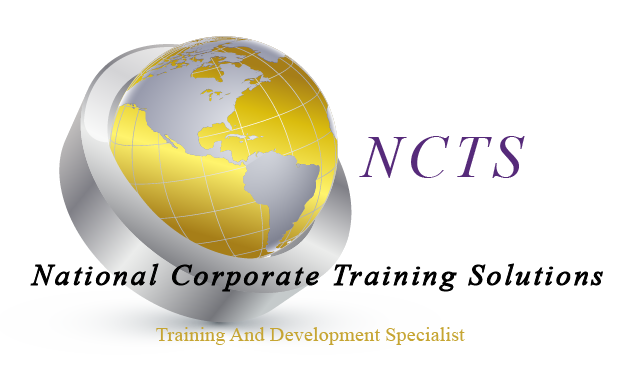Course Duration: 5 Day (8 Hour Days)
Course Outline:
1. Introduction
2. Basic Electrical Safety
a. Work Envelope
b. Safety Devices
c. End Effector Safety
d. Residual Heat Problems
3. Hardware
a. Robot System
b. Controller
c. 6 axes with encoders
d. Teach Pendant
4. Powering up Robot
a. Cold Start
b. Hot Start
5. Set Robot Payload
a. Payload Calculations
b. Armload Calculations
6. Mastering the Robot
7. Executing Teach Pendant Operations
a. Jogging the Robot
b. Changing speed and coordinate systems
c. Identifying the major and minor axis
8. Navigating the teach pendant
9. Create tool user and jog frames
a. Three Point Method
b. Four Point Method
c. Six Point Method
10. Execute and modify existing programs
a. Create Handling Program
b. Add Input and Output Signals
c. Touchup Program points
d. Modify Existing Program Steps
e. Test and Execute Program
11. Inputs and Outputs
a. Monitor, force and simulate inputs
b. Types of I/O
c. Using Inputs and outputs in programming
d. Making Decisions with Digital Inputs
e. PLC to Robot Communications
12. Recover from common programming faults
a. Program Locked By another program
b. Tool or User Frame Mismatch
c. Manual Position Robot to Home Maintenance
d. Estop or Uncontrolled Stop Recovery
e. Alarms and Alarm Codes
f. Program Error Identification
g. Using Fanuc Troubleshooting Codes
13. Perform File and Image Backups
a. Save Individual Files
14. Programming Branch Instructions
a. Branching Overview
b. Unconditional Branching
c. Conditional Branching
d. Wait Instructions
15. Macros
a. Creating Macros
b. Assigning Macros
c. Macro Instruction
16. Programming Positional Register Instructions
a. Positional Register Instruction
b. Positional Register Offset
NCTS courses can be customized by content, length of course and format delivery.



